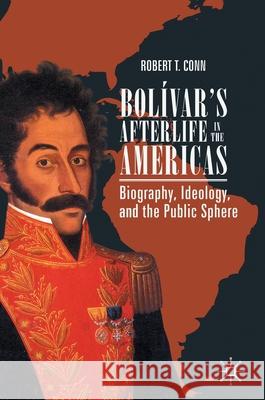Bolívar's Afterlife in the Americas: Biography, Ideology, and the Public Sphere » książka
topmenu
Bolívar's Afterlife in the Americas: Biography, Ideology, and the Public Sphere
ISBN-13: 9783030262174 / Angielski / Twarda / 2020 / 525 str.
Bolívar's Afterlife in the Americas: Biography, Ideology, and the Public Sphere
ISBN-13: 9783030262174 / Angielski / Twarda / 2020 / 525 str.
cena 442,79
(netto: 421,70 VAT: 5%)
Najniższa cena z 30 dni: 385,52
(netto: 421,70 VAT: 5%)
Najniższa cena z 30 dni: 385,52
Termin realizacji zamówienia:
ok. 22 dni roboczych
Bez gwarancji dostawy przed świętami
ok. 22 dni roboczych
Bez gwarancji dostawy przed świętami
Darmowa dostawa!
Kategorie BISAC:
Wydawca:
Palgrave MacMillan
Język:
Angielski
ISBN-13:
9783030262174
Rok wydania:
2020
Wydanie:
2020
Ilość stron:
525
Waga:
0.78 kg
Wymiary:
21.01 x 14.81 x 3.02
Oprawa:
Twarda
Wolumenów:
01
Dodatkowe informacje:
Wydanie ilustrowane











